Ever dreamed of sleeping under the stars but felt overwhelmed by the great outdoors? You’re not alone!
Around 42% of the UK population says they’ve been camping. During the pandemic, 4.5 million Brits went camping for the first time. And a whopping 77% of Americans have gone camping at least once in their lives, proving it’s never too late to start.
John Muir famously said, “The mountains are calling, and I must go.” But before you answer that call, let’s equip you with the essential camping skills for beginners.
Trust me, with these tips, you’ll be roasting marshmallows and telling campfire stories like a pro in no time!
Choosing the Right Camping Gear
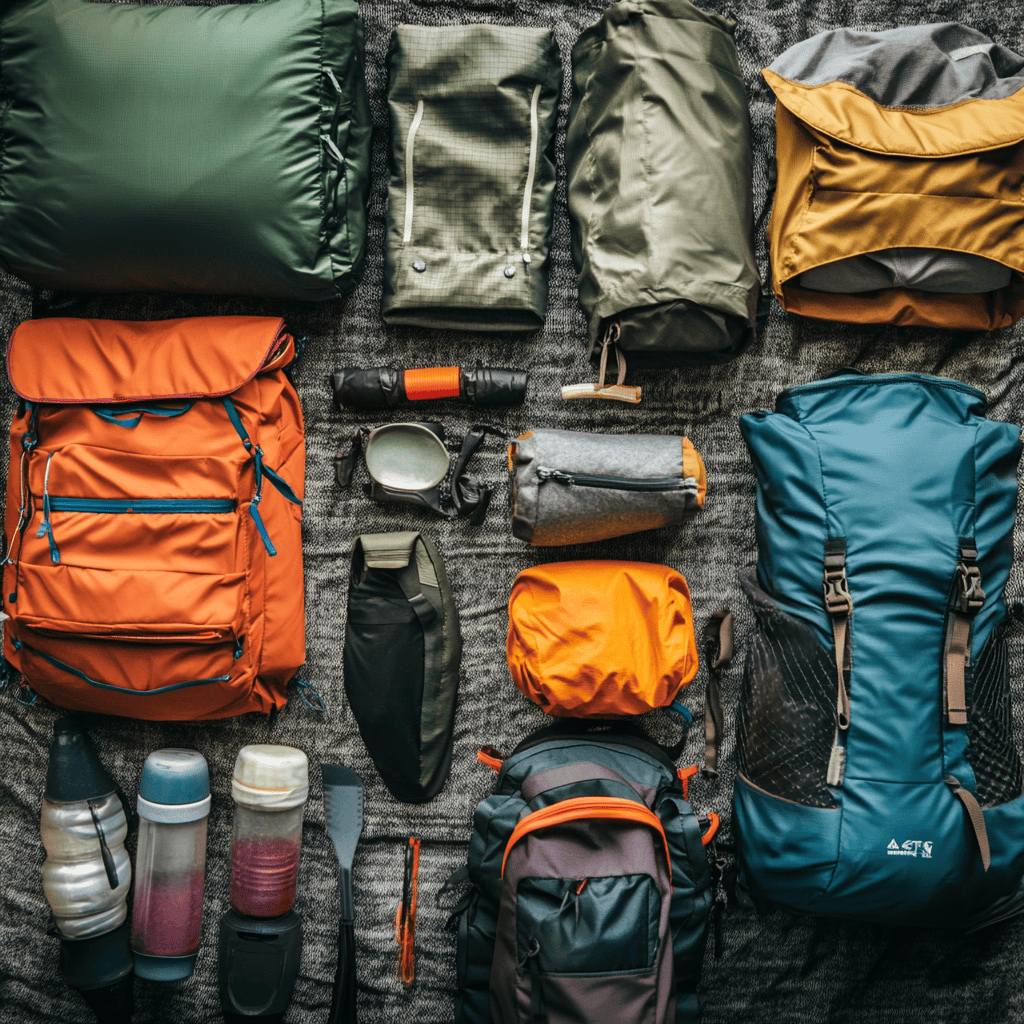
Let’s kick things off with the essentials, shall we? Picking the right gear can make or break your camping trip. For novice camping enthusiasts, it’s all about striking a balance between necessity and comfort.
First up: tents. Your home away from home needs to be sturdy, waterproof, and easy to set up. Look for a 3-season tent with a rainfly.
For beginners, a 4-person tent is often a good choice, even for two people. Why? Extra space for gear and a bit of wiggle room never hurt anyone!
Sleeping bags and pads are next on our beginner-friendly camping gear list. Choose a sleeping bag rated for temperatures lower than you expect to encounter.
Trust me, being too warm is better than shivering all night! And don’t forget a sleeping pad – it’s not just for comfort. It insulates you from the cold ground, which can be a real game-changer.
Now, let’s talk clothing. The key word here? Layers. You want to be prepared for all kinds of weather.
Start with a base layer that absorbs sweat, then add an insulating middle layer, and finish the outfit with a waterproof outer layer.
And always pack extra socks – your feet will thank you!
Lastly, don’t forget these must-have tools: a multi-tool, headlamp, first-aid kit, and a reliable fire starter. These outdoor skills for newbies might seem basic, but they’re essential for any camping checklist for novices.
Setting Up Camp Like a Pro
You’ve got your gear, now what? It’s time to set up camp!
The first rule of campsite selection? Location, location, location. Look for a flat, dry area away from potential dangers like dead trees or low-lying areas that could flood.
When it comes to tent setup for beginners, practice makes perfect. Try setting up your tent at home first.
When you’re at the campsite, clear the area of rocks and sticks, lay down your groundsheet, and then erect your tent. Pitching a tent is easy. Where you place your tent is as important.
Pro tip: Always stake down your tent, even if it’s not windy when you set up.
Creating a comfortable sleeping area is next. Arrange your sleeping bag and pad, and consider bringing a small pillow for extra comfort. Your future self will appreciate it after a long day of hiking!
Organising your campsite is crucial for both efficiency and safety.
Keep food stored properly (Let’s get to that later), set up your cooking area away from your sleeping area, and designate a spot for trash. Remember, good camping etiquette means leaving your site better than you found it.
Speaking of which, let’s talk about Leave No Trace principles. These eco-friendly camping practices are essential for preserving our natural spaces. Pack out what you pack in, stick to established trails and campsites, and respect wildlife.
It’s all part of being a responsible camper.
Fire-Building 101: From Sparks to Flames
Ah, the campfire. It’s at the heart of any good camping trip. But before you channel your inner caveperson, let’s cover some campfire safety guidelines.
First, check local laws. Some areas limit or prohibit fires due to dry conditions. Once you’ve got the green light, choose a spot for your fire. Use an existing fire ring if available, or create a safe space by clearing a 10-foot diameter area down to bare soil.
Now, let’s gather some materials for starting a fire. You’ll need tinder (small, easily ignitable materials like dry leaves or paper), kindling (small twigs and branches), and fuel (larger pieces of wood). Remember the fire triangle: fuel, heat, and oxygen. Your fire needs all three to thrive.
For campfire building techniques, try the teepee method. Start with a small pile of tinder, surround it with a teepee of kindling, and light the tinder. As the fire grows, gradually, add larger pieces of wood.
Maintaining your fire is just as important as starting it. Keep it under control, never leave it unattended, and always, always extinguish it completely before leaving your site or going to sleep. Soak it, mix it, check for warmth, and continue until it’s cooled completely..
Outdoor Cooking Made Easy
Who says camping food has to be all granola and trail mix? With some basic outdoor cooking skills, you can whip up delicious meals in the great outdoors.
Let’s start with the essentials: a camping stove, fuel, pots, pans, plates, utensils, and a cooler for perishables. Don’t forget things like a can opener, cutting board, and trash bags. For easy cleanup, consider bringing biodegradable soap and a collapsible sink.
Now, onto the fun part – the food! Simple, one-pot meals are your friends here. Think hearty stews, pasta dishes, or foil packet meals.
For breakfast, nothing beats the classic combo of oatmeal and instant coffee. And for lunch? Sandwiches or wraps are easy to prepare and pack.
When it comes to campfire cooking recipes, get creative! S’mores are a classic, but have you tried campfire cones? Fill ice cream cones with fruit and chocolate; wrap in foil, and heat over the fire. Delicious!
Food storage is crucial for both safety and wildlife protection. Use airtight containers and store food in your vehicle or a bear canister if you’re in bear country. Never keep food in your tent – that’s just asking for unexpected furry visitors!
Navigating the Great Outdoors
Getting lost isn’t just inconvenient – it can be dangerous. That’s why basic navigation skills are essential for any camper.
Start with a map and compass. Yes, even in this age of GPS! Electronic devices can fail, but a map and compass are reliable. Learn to read topographic maps and use a compass to find your bearings. It might seem old school, but these outdoor navigation basics can be lifesavers.
Of course, GPS devices and smartphone apps can be incredibly useful too. Apps like AllTrails or Gaia GPS can help you plan routes and track your location. Just remember to download maps for offline use and bring a portable charger.
When hiking, pay attention to trail markers and signs. They’re there to guide you and provide important information about distances, difficulty, and potential hazards. Before embarking on your journey, make sure to communicate your intended path and estimated time of return to someone.
If you do get lost, remember the STOP acronym: Stop, Think, Observe, Plan. Stay calm, stay put if it’s safe to do so, and use your whistle (you did pack a whistle, right?) to signal for help.
Camping Safety and Emergency Preparedness
Safety should always be your top priority when camping. Start by assembling a comprehensive first-aid kit. Make sure to pack essentials such as bandages, disinfectant wipes, painkillers, and any necessary personal medications. Don’t forget items like tweezers (for splinters or ticks) and moleskin for blisters.
Understanding and avoiding common camping risks is key. This includes everything from poison ivy to dangerous wildlife. Research the area you’ll be camping in and be prepared for potential risks.
Speaking of wildlife, remember: we’re visitors to their home. Store food properly, make noise while hiking to avoid surprising animals, and never feed wildlife. If you encounter a large animal, stay calm, make yourself look big, and back away slowly.
Weather can change quickly in the outdoors, so always check the forecast before your trip and be prepared for various conditions. Pack suitable clothing and gear, and know the signs of heat exhaustion and hypothermia.
Lastly, consider bringing an emergency communication device like a satellite messenger. In areas without cell service, these can be literal lifesavers.
Embracing the Camping Lifestyle
Camping is more than just surviving in the wilderness – it’s about connecting with nature and disconnecting from our busy lives. Leave the screens behind (except for essential uses) and immerse yourself in the natural world around you.
There are countless camping activities for newcomers to enjoy. Try your hand at nature photography, capturing the beauty of your surroundings. Or learn to identify local plants and animals – field guides or apps like iNaturalist can help.
As night falls, turn your gaze upward. Stargazing is a magical camping experience. Apps like Star Walk can help you identify constellations and planets. Just remember to let your eyes adjust to the darkness for about 30 minutes for the best views.
Don’t forget to document your adventures! Keep a camping journal to record your experiences, lessons learned, and memories made. It’s a great way to track your progress as you develop your camping skills.
Remember, every camping trip is a learning experience. You might forget something, or things might not go exactly as planned. That’s okay!
Each trip will make you a more skilled and confident camper. So embrace the journey, respect the wilderness, and most importantly, have fun out there!
Camping for Beginners: Wrapping Up Your Outdoor Adventure
As you pack up your new gear and head out on your first camping trip, remember that every expert was once a beginner. Embrace the learning process, respect the nature around you, and most importantly, have fun!
The skills you’ve learned here are just the beginning of your outdoor journey. So, what are you waiting for? Adventure awaits in the great outdoors – it’s time to answer the call of the wild!
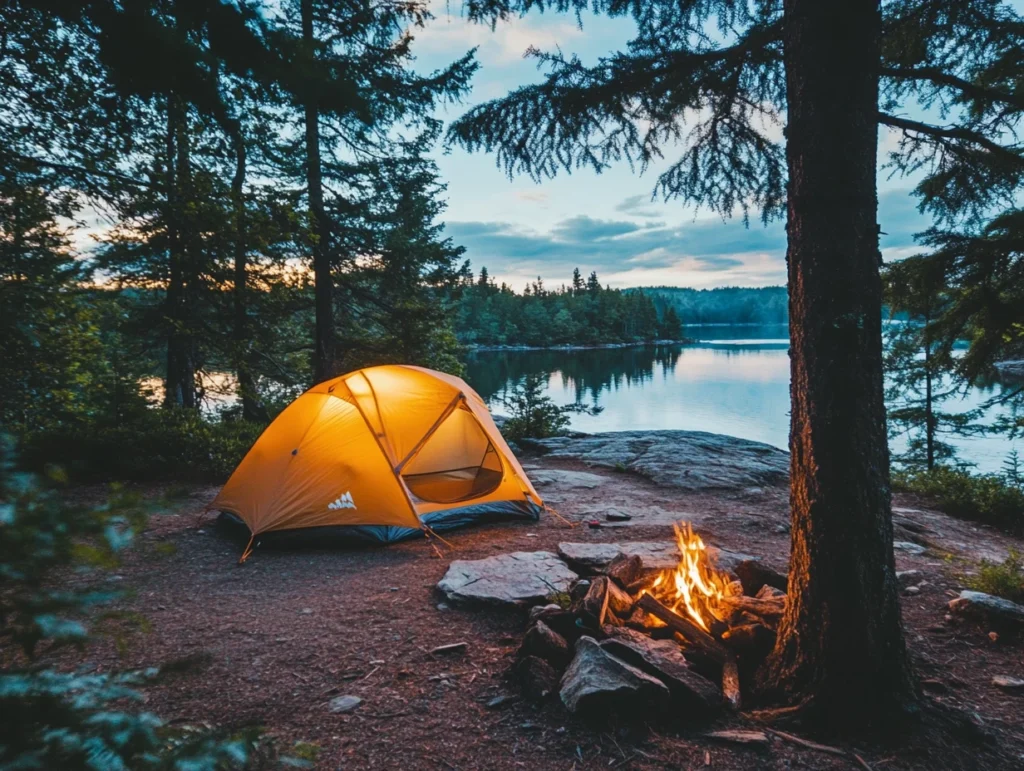
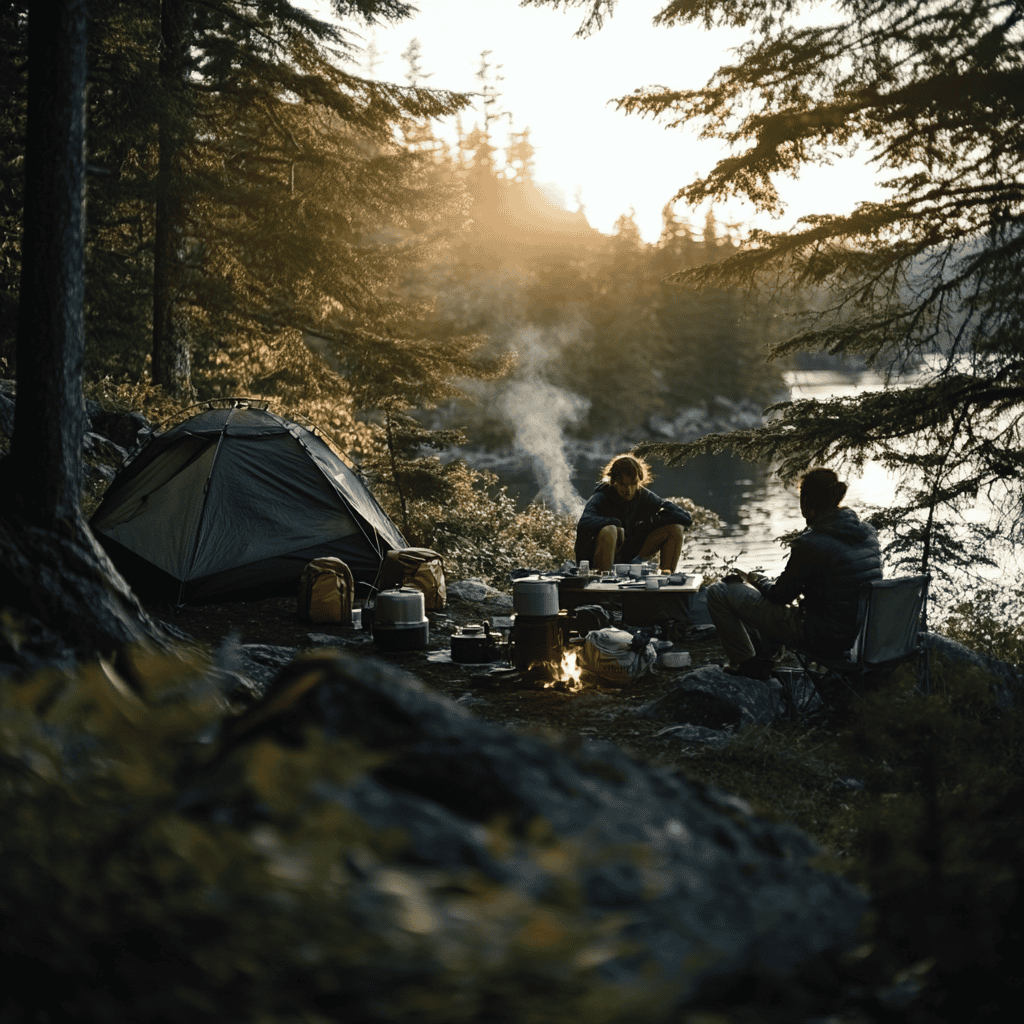
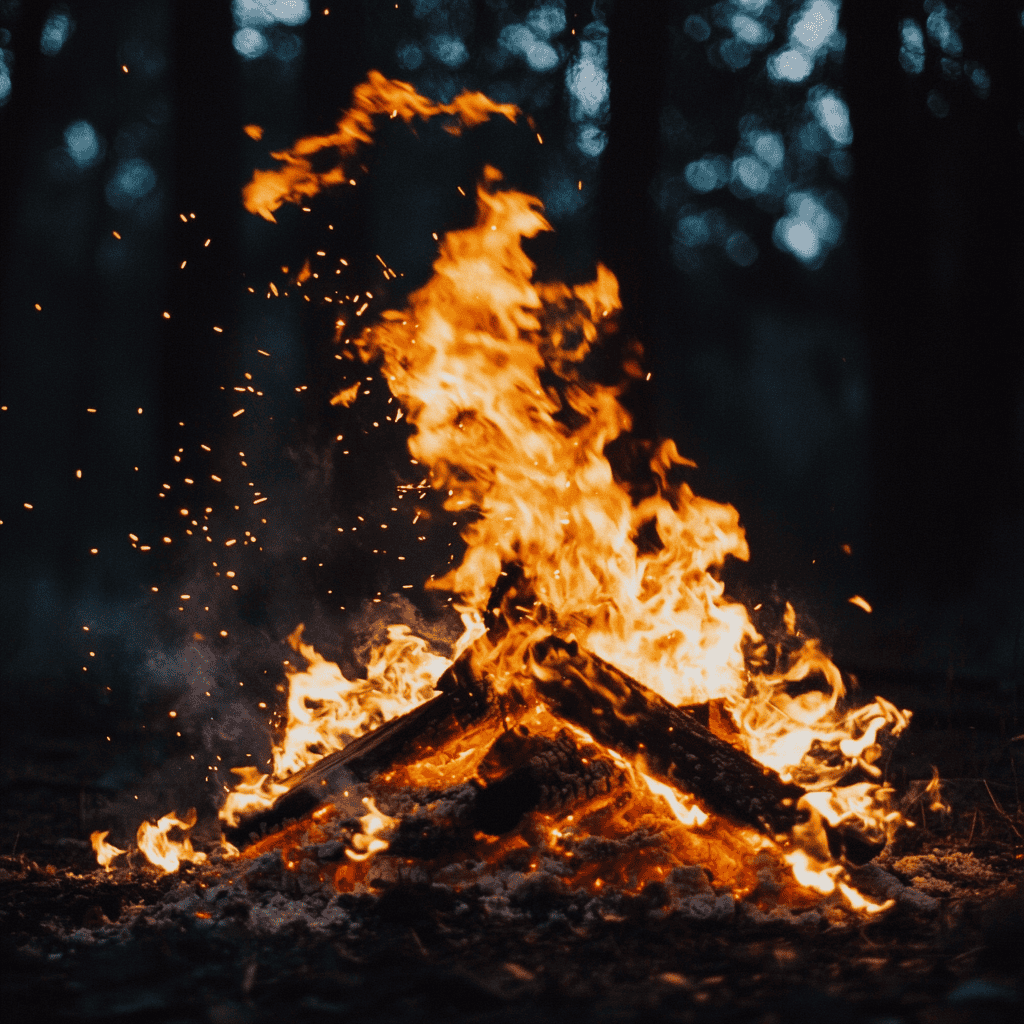
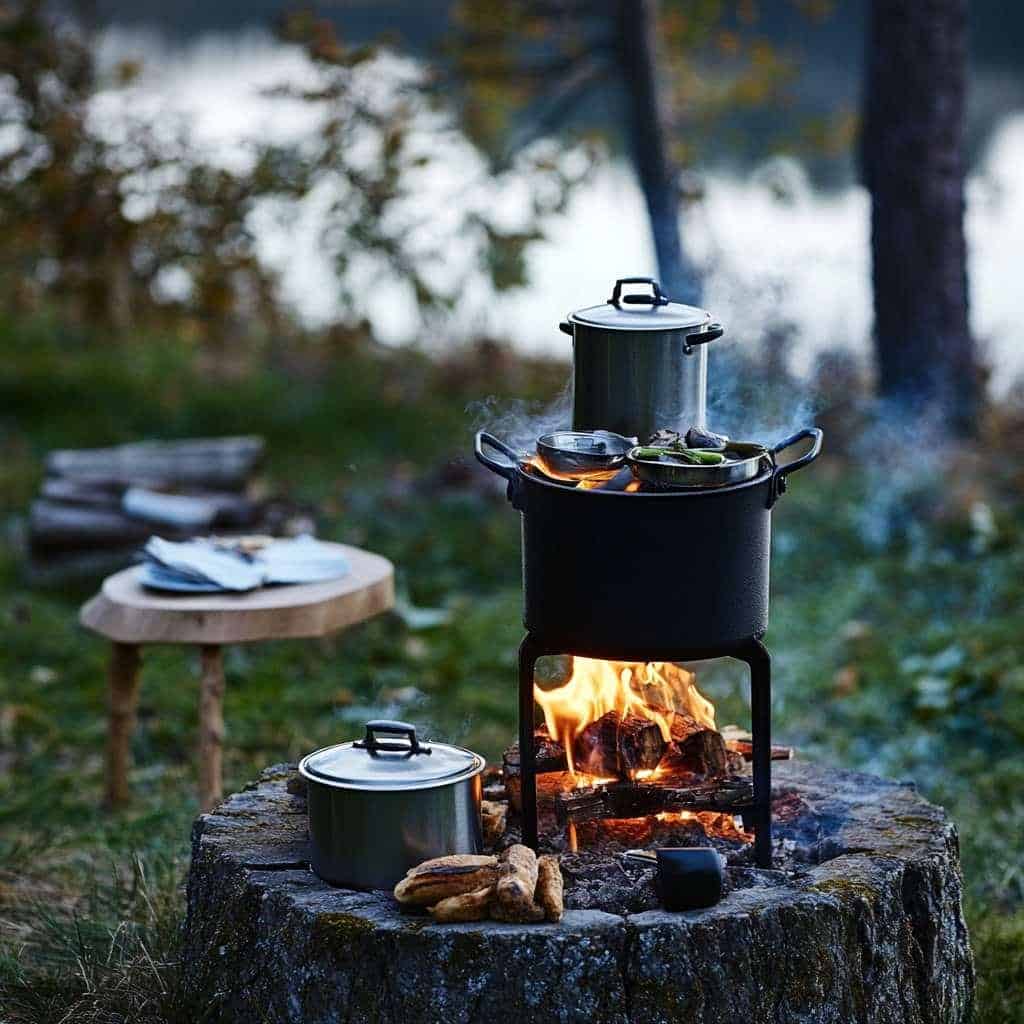
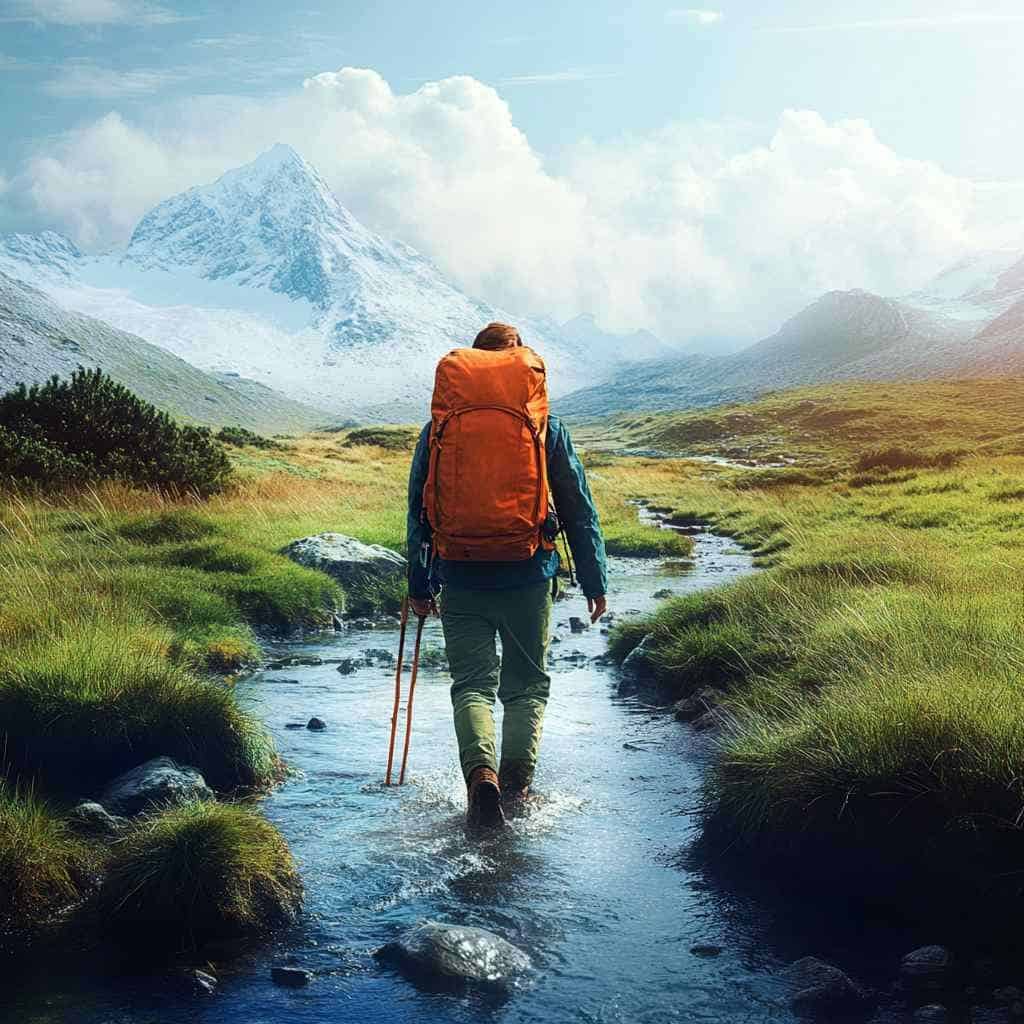
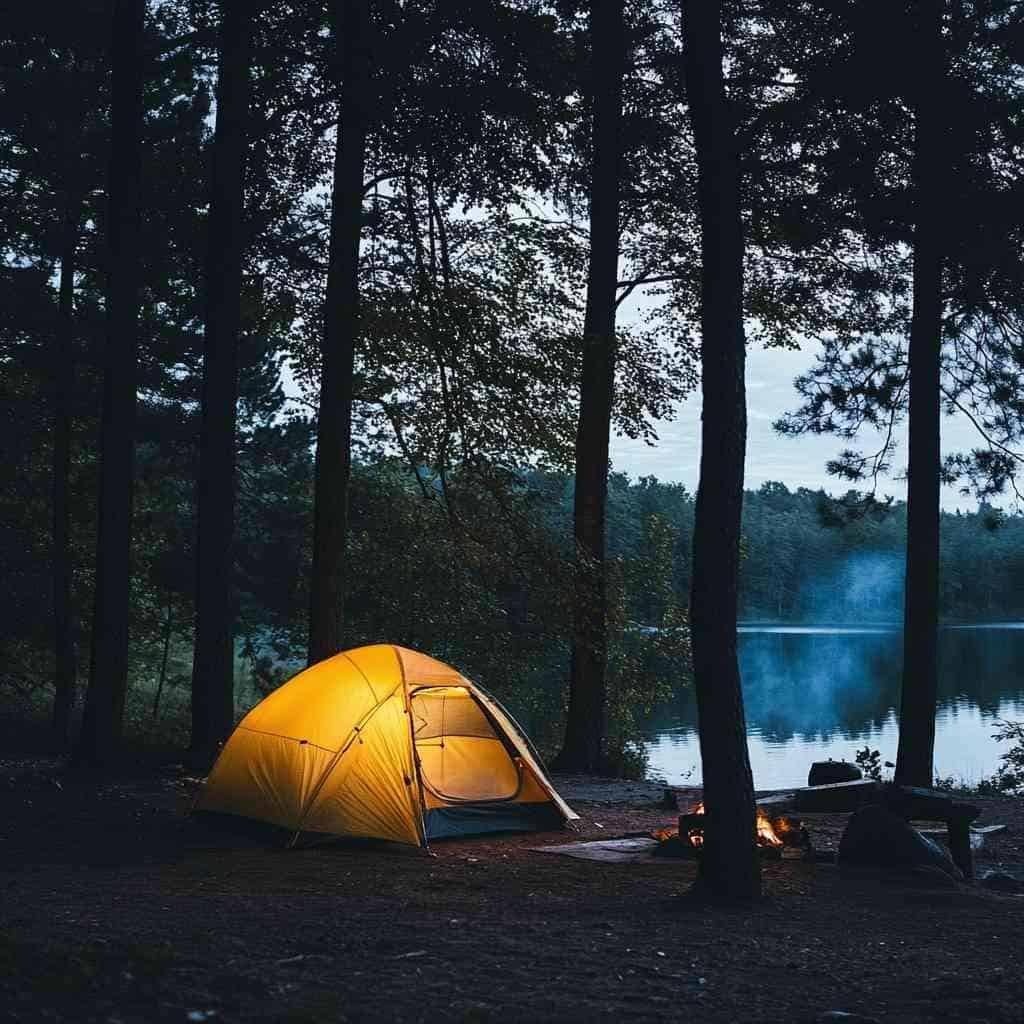
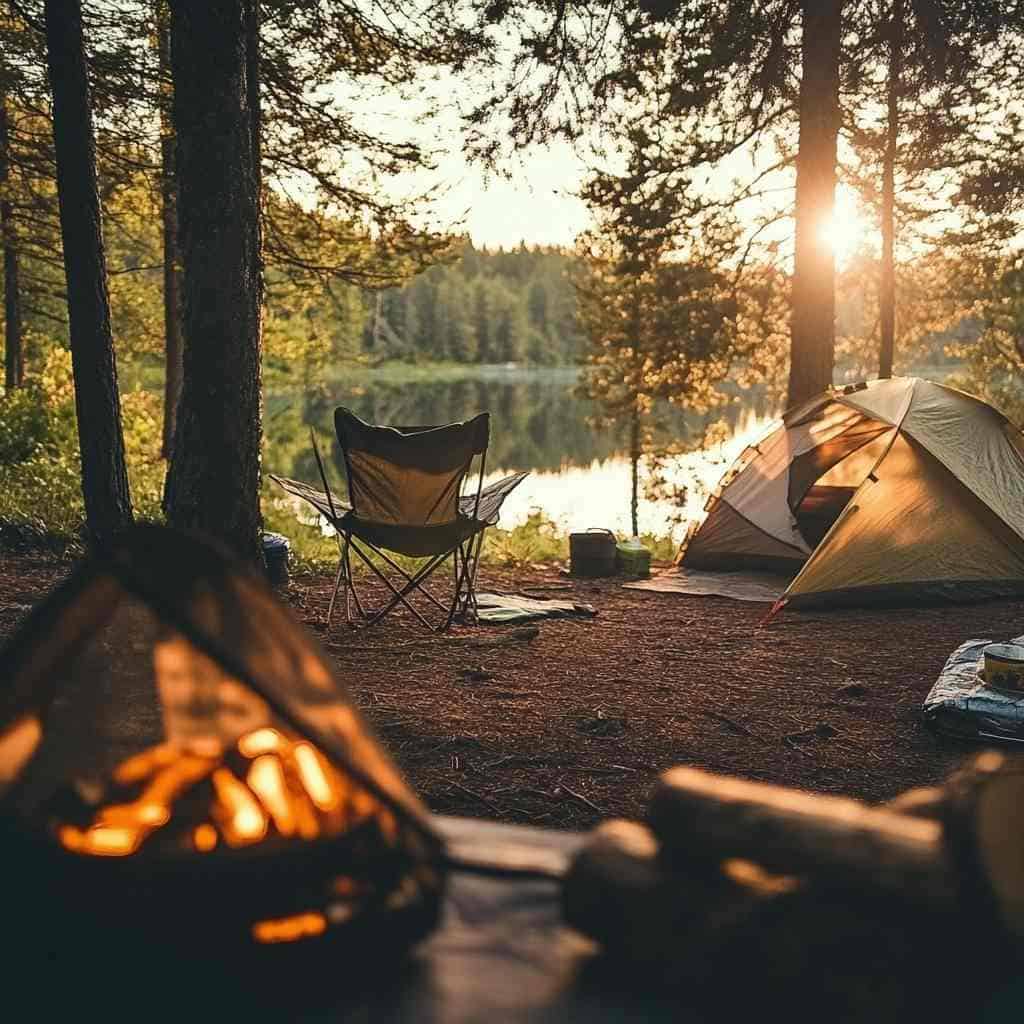
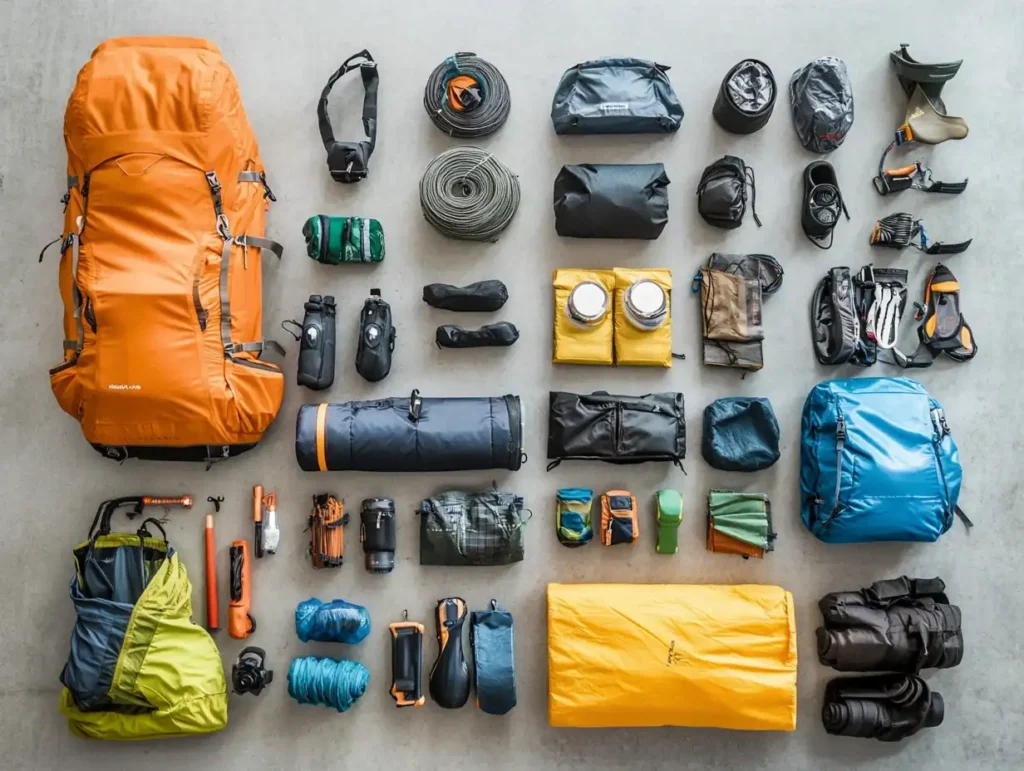
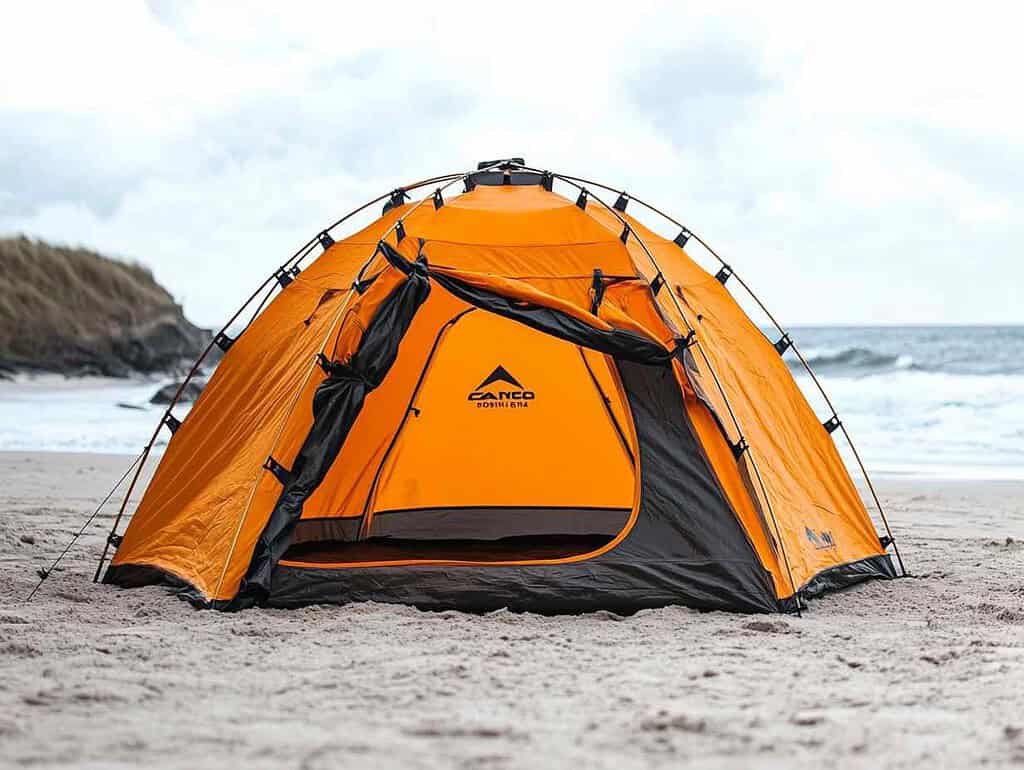
Pingback: Jetboil Mini Mo: Safe, Simple & Superb [2024 Review]
Pingback: What Shoes Are Best for Trail Running? A Guide to Choosing the Right Gear - Will Hawkins - Outdoor Adventure
Pingback: The Best Running Headtorches: What Runners Love and Why! - Will Hawkins - Outdoor Adventure
Pingback: 11 of the Best Rechargeable Headtorches for Every Adventure
Pingback: Campfire Cooking Recipes: Guide to Outdoor Cooking | WBH
Pingback: Navigation Techniques: How to Use a Map and Compass | WBH
Pingback: Foolproof Day Hiking Checklist: Pack Smart, Hike Happy
Pingback: Best Backpacks for Men in 2024 - Will Hawkins - Outdoor Adventure
Pingback: What Is the Best Waterproof Jacket for Hiking (in 2023)? - Will Hawkins - Outdoor Adventure